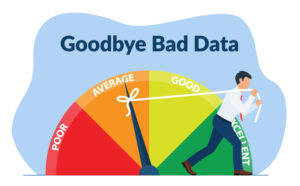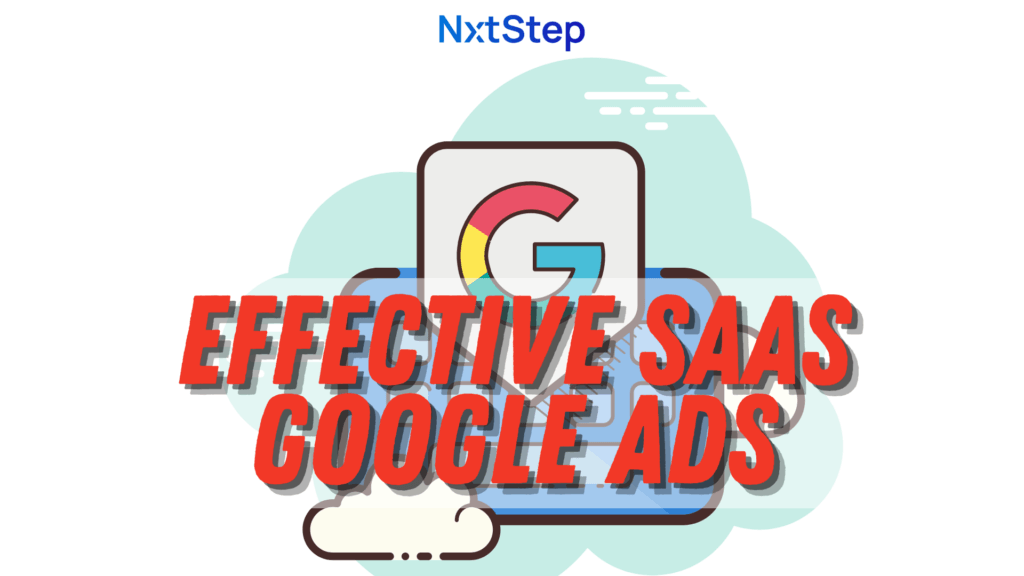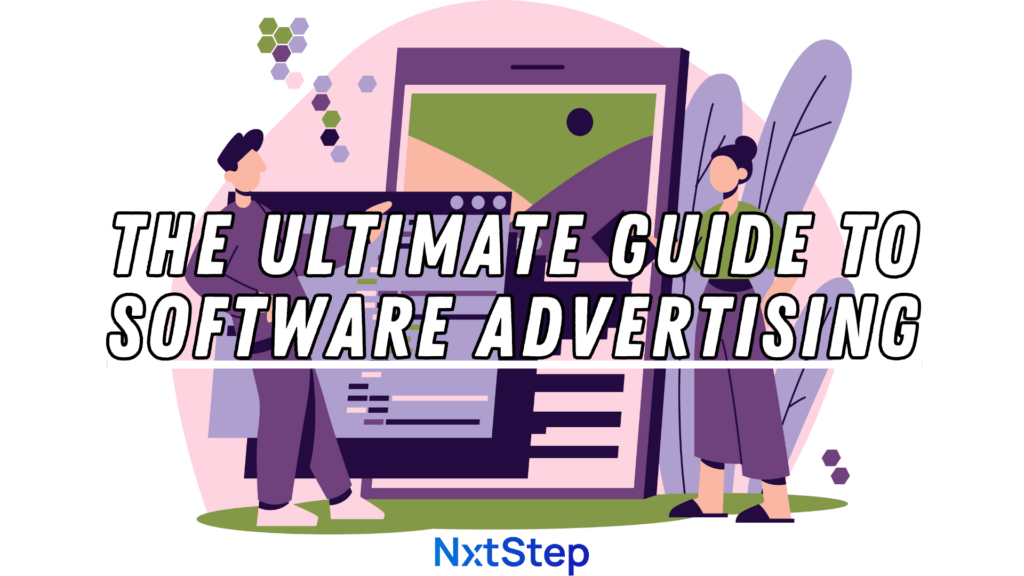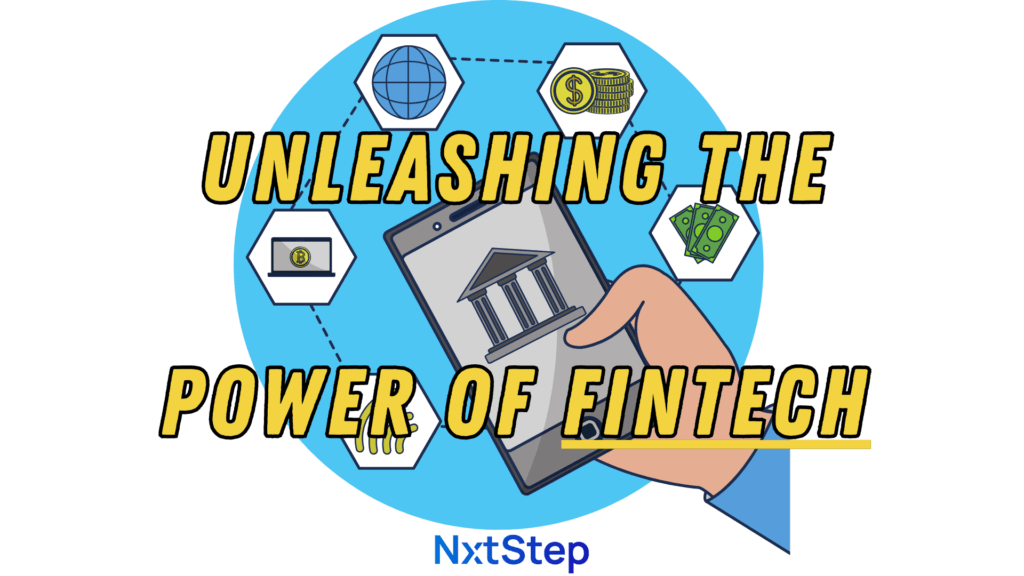When I built my first software startup I was beyond excited. Knowing what I thought I knew about the startup world, all I had to do was work super hard, build a software product from scratch and once released (after it was perfect of course!) I wouldn’t be able to handle the volume of customers desperate to pay us to use our product.
If this is how you think this process would play out, then I’ve got some bad news for you. I couldn’t have been more wrong. Many years later I keep finding little things I did that seem so foolish now, but at the same time – I’m grateful for the experience. It set me on a path to the journey I’m on now doing whatever I can to help mission driven organizations like yours scale the impact of their client programs.
What I learned through that experience was that, well, I got a lot wrong about the process. The reason why that was OK (eventually) is that I learned from it. Not only what not to do, but eventually what to do instead. Unfortunately there’s a lot of bad advice out there. However, along my journey I stumbled upon a movement (and a book) that changed everything for me – The Lean Startup.

One of the books that changed everything for me
If you are part of a nonprofit or mission driven organization and haven’t heard about The Lean Startup movement yet, I’m not super surprised, but I am excited to tell you more about it. I think it can help you, your team and most importantly your clients in a major way.
Let’s dive in a bit further, shall we?
The Lean Startup
A few names come to mind whenever I think of The Lean Startup. The most obvious is likely Eric Reiss who deserves a ton of credit for his revolutionary book The Lean Startup. However, there are many others who have contributed to this amazing work and deserve a ton of credit as well. I’m going to share information about each in this section, but first some history.
History
Lean startup has roots way back in lean manufacturing in the automotive industry. A fascinating system developed by Taiichi Ohno, enabled the Toyota Motor Company to revolutionize the manufacturing strategies and procedures of the automotive industry.
A rather simple description of the system originally referred to as the ‘just-in-time’ system dictates that you don’t plan to replace a part in your inventory until the part that is there is consumed. Simple, but crazy powerful.

Lean manufacturing at work
Other competitors in the industry were stockpiling tons of parts for the waves of demand that never came. What really happened was most of those parts were never used and were unfortunately wasted. Such a simple strategic change to the way this system was managed made a major impact across all the companies in the entire industry.
That’s the kind of change we’d like to empower you to make for your mission driven organization – simple changes, powerful impact.
Product Development
Lean startup is a movement that set out to apply the concepts from lean manufacturing to how we build other products, namely software. With the acceleration of technology disrupting industries everywhere, a small change in process could have a dramatic impact everywhere else. The objective was essentially to figure out how the world could bring about more impactful software solutions to solve even greater problems.
I’ve implemented many of the strategies from books written on this topic from a list of authors including: Eric Reiss, Ash Maurya, Steve Blank and Ann Mei Chang, just to name a few. The movement is alive and well and it’s time we applied the crazy amount of value in their work to that of the nonprofit world.
Customer Discovery
A legitimate article about anything lean startup related would be remiss without mentioning the work of Steve Blank. Steve wrote one of my favorite books about startups called The 4 Steps to the Epiphany. Steve’s book is said to have launched the Lean Startup revolution. In his book, Steve provides incredible detail, almost a blueprint, for what startups must do to achieve the kind of success only few have realized. I cannot believe how much value Steve offers in his book. It is dense, but incredibly valuable. I would call it the missing manual for startups.

Steve’s book is said to have launched the Lean Startup revolution
A major focus of Steve’s work is in an area called customer discovery. You see, many software products go sideways by focusing everywhere but where they should – the customer. The customer is the one with the problems you are trying to solve, so if you’re looking anywhere else for the information about what to do then that is a mistake. We’re going to dive in further here in another section.
I hope that provides you with additional context on the movement and only some of the key players that have made significant contributions. Next, I want to focus on what all of this means for you and the nonprofit organizations of the world.
Your Mission
If you’re in the right place, chances are you work for (or with) a nonprofit or mission driven organization and are considering leveraging software or technology to increase the level of scale with which your organization provides social impact for your clients. If I’ve got the right so far then welcome! I have so much to share with you and I want to help you help more people.
The remainder of this article is going to go through what I’ve learned partnering with nonprofit organizations and providing them with product strategy support for their various software and technology related projects. I hope it provides you with some help and guidance for any projects you might be working on as well.
The Scary Side of Software Products
At NxtStep, we’ve been involved in many software projects. I’ve personally studied hundreds if not thousands more. Unfortunately, the vast majority of software products being developed in the wild are ultimately unsuccessful. The failure rate for these products is incredibly high. A projected 9 out of 10 software products fail. So that’s the bad news.
However, the good news is that your product doesn’t have to suffer the same fate. At NxtStep, we’ve dedicated our craft to preventing that exact problem – ensuring your nonprofit vision is realized through software and technology to help scale social impact for your clients.
Where Software Goes Sideways
To better understand what we can do to avoid failure with our software projects, it helps to first understand where some of the biggest mistakes are made. That would be the process everyone thinks is important to success with software. It goes something like this, step 1 is to have a great idea, step 2 is to immediately build an untested solution in software, step 3 is to then and only then reveal it to the world. There are a bunch of variations, but this is the jist. Let’s talk more about why this approach typically doesn’t work.
The Missing Piece
The reason why this strategy is so ineffective is because it leaves out the most important part of the whole process (hint – the customer!). You see, the vast majority of people trying to build software products are doing so based on their own idea alone and they aren’t focusing on their customer’s needs. A significant portion of Steve Blank’s amazing work reinforces these principles extremely effectively.

Get our awesome product content delivered daily-ish to your inbox

Focus on the customer
Why Is This Such a Problem?
You may be wondering why this is such a problem. Don’t lots of people build products then sell them? Well they do, but unfortunately most of them fail. We hear about spectacularly embarrassing product failures all the time. Even from companies with seemingly unlimited resources. When’s the last time you used your Microsoft Zune or Amazon Fire Phone?

Oh Zune, we hardly knew you Image Source: What Did We Learn: Microsoft Zune by Madeline Wigen Kernan
Despite their access to unlimited resources, these products have all made the same mistakes. They didn’t bring to market what people really needed. Much of their failures can be pointed to a lack of customer discovery. The biggest reason this is such a problem is because it doesn’t start where you always should – the problem.
You see, people don’t need solutions to problems they don’t have. Products built around that strategy will largely be ignored. All the marketing dollars in the world won’t be able to change the unfortunate outcome – inevitable product failure. However, if you start with a real problem experienced by your customer, well then you have a much greater chance of success if your software product can solve it.
A Better Strategy
At NxtStep our philosophy is to laser focus on the problem. This is in an effort to avoid building a solution for a problem that doesn’t exist. That is the one of the single greatest reasons why products fail. For now, stay away from solutions and instead, you need to fall in love with the problem.

Fall in love with the problem (not the solution)
Bad Strategy
After you’ve made the mistakes that I have, the wrong approach seems obvious. I’m sharing that with you so you can avoid this step altogether. Avoid jail, pass Go and collect your $200. Do people still play Monopoly? Perhaps my references need updating.
A major mistake you need to avoid is getting excited about a solution. In fact, for the foreseeable future, don’t even think about the solution and definitely don’t talk about it with your clients.
Any focus placed on solutions earlier in the process is time wasted. Any reference to the future deals with far too many unknowns. Since even little things in the process can make major changes to the eventual outcomes, there’s no way to tell whether or not proposed solutions will ever even come to market. This approach puts you in a position to suffer from the bad data in, bad data out problem.

You need to avoid collecting bad data
Good Strategy
Instead of focusing on solutions, fall in love with the problem. You need to know everything you can about the problems and challenges experienced by your clients. While performing customer discovery and sorting through problems, you need to be on the lookout for what we call at NxtStep ‘problems worth solving’.
Over the years of performing customer discovery I’ve developed a process for identifying ‘problems worth solving’. First, you need to know that your client has a problem – so start there. Once you’ve identified one, ask your client what they’ve done to try and solve it.
One of the pitfalls with discovery is not completing this process comprehensively enough. That means, stopping at problem discovery. Just because you’ve identified a problem your client has, does not mean that it’s ‘worth solving’.
To validate this, a client must be trying to solve it in some way. That reinforces that the problem they have is real and that they are motivated to solve it.
Lastly, you’ll want to know how well their current solution solves their problem. If it solves it well, then you have little room for improvement and would be facing an uphill battle to try and improve upon what we call their ‘existing solution’.
If the current solution is severely lacking for them then you just may have discovered what we refer to as a ‘problem worth solving’.

Finding ‘problems worth solving’ is like finding treasure!
Inspiration
Mission driven organizations and nonprofits experience unique challenges when compared with the for-profit and private enterprise world. This doesn’t mean that lessons learned in one can’t stand to benefit the other.
At NxtStep we specialize in helping nonprofits and mission driven organizations make social impact at scale and we want to provide you with the knowledge, skills and inspiration to continue on your mission to drive impact.
As such, we’ve saved one of our favorite recommendations from the lean startup world for last. That would be the incredible book from Ann Mei Chang called Lean Impact. In partnership with Eric Reiss, Ann Mei Chang developed The Lean Startup from her expertise in the for-profit world (Google and others) and applied it to the nonprofit world to drive impact and social change. We can’t recommend this book enough. If you’re a member of the mission driven community or nonprofit world, this book is a MUST read.
Product Strategy

Our TOP recommendation for you to read from the Lean Startup world
We hope you’ve gotten value from this article about applying lean startup concepts and principles to the nonprofit world. If we can help you drive impact and social change at a greater scale for your client programs, please email me at sean@nxtstep.io. We’ve dedicated our expertise to making the world a better place one software product at a time.







